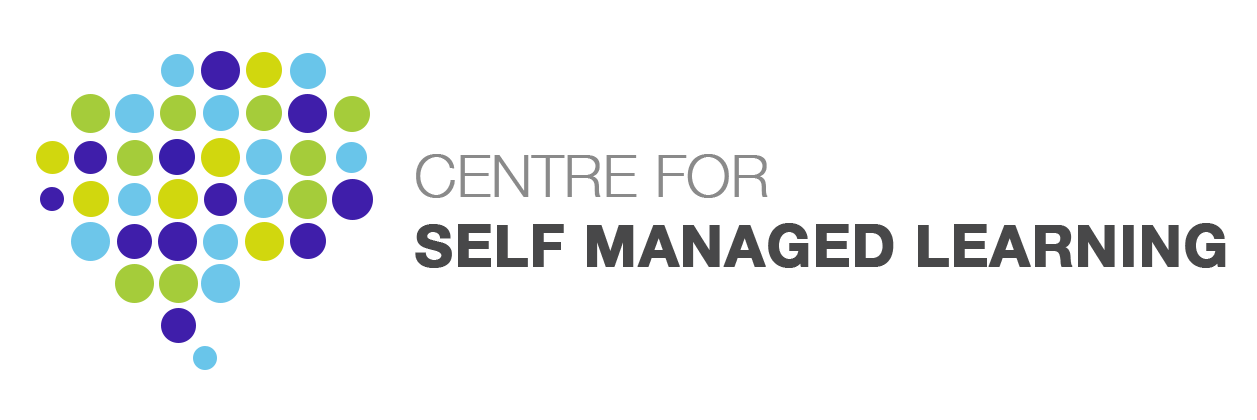09 May A Different Look at Leadership – The Warrior and the Sage
 I had listened to Ian’s inaugural professorial lecture at Middlesex (you can find the text here) prior to attending this CSML event, where I joined with other network members and guests to discuss his ideas.
I had listened to Ian’s inaugural professorial lecture at Middlesex (you can find the text here) prior to attending this CSML event, where I joined with other network members and guests to discuss his ideas.
Ian kicked off the discussion by sharing some thoughts around the metaphor of ‘warrior and sage’:
- that this metaphor identifies some contribution to le Ian’s inaugural professorial lecture at Middlesexadership, with a common perception that there is value in being a sage (a wise person) and controversy in being a warrior
- that warriors can be men or women
- that the managerial world has taken on other warfare metaphors, for example ‘strategy’ and ‘tactics’, and ‘fighting for a cause’
- the warrior brings guts and focus, s/he can command trust through positive action
- the sage brings a wisdom and a wide-angle view
- that leadership does not have to come from one leader
- that learning about leadership can also be inspired by examining diverse communities. Ian drew upon the Blackfoot tribe of North America and the Dagara people of West Africa as examples of leadership coming from different sources
As an actual example of a leader with the image of a warrior but also someone who has demonstrated wisdom, Ian chose Colin Powell, USA. In his autobiography, Powell describes how he ordered a celebration rather than a confrontation when ‘greens’ invaded a US base in Germany and planted trees.
We discussed the leadership role of the consultant. Organisations are often looking to buy in a sage whilst having an expectation that this same individual has a track record of achievement as a warrior.
SML was addressed in relation to these models and those at the event felt that the SML process is often used by participants to move them from warrior to sage and to be aware of different ways of seeing and doing things. However, for others it provides a platform to develop the confidence to act more as a warrior.
A final word from Ian:
‘Clearly we need a balance of different people in an organisation and this challenges the individualism of the Anglo-American mindset. We need to have people around in organisations who notice different things and who think in different ways. And we have to find ways of bringing those differences together in productive communities’.
Marcia Fellows

